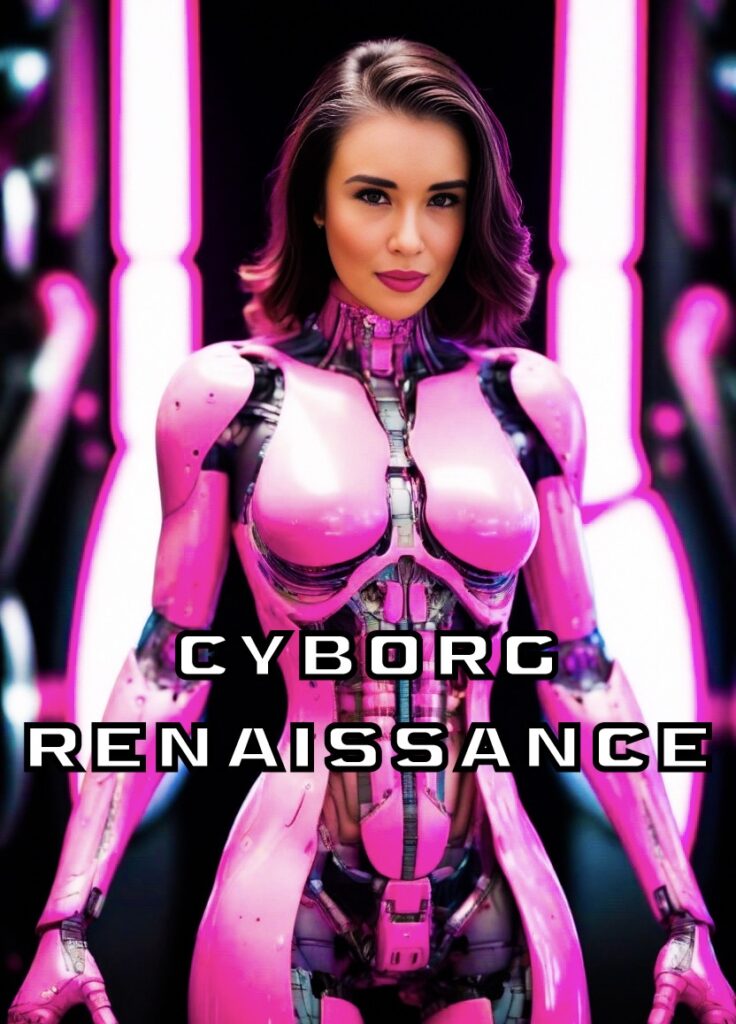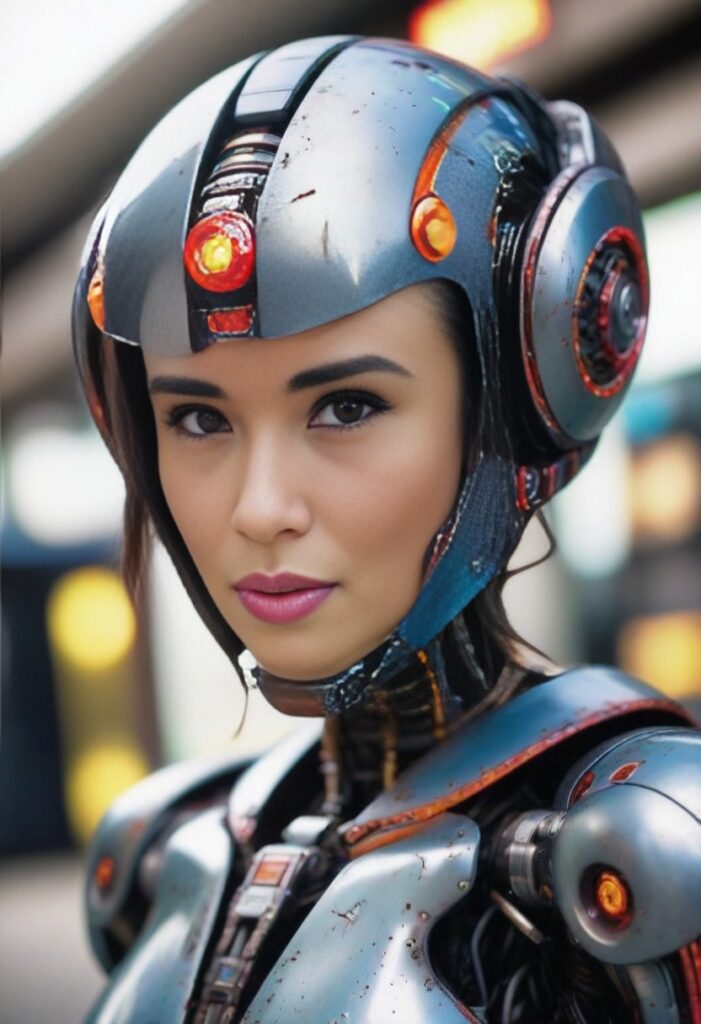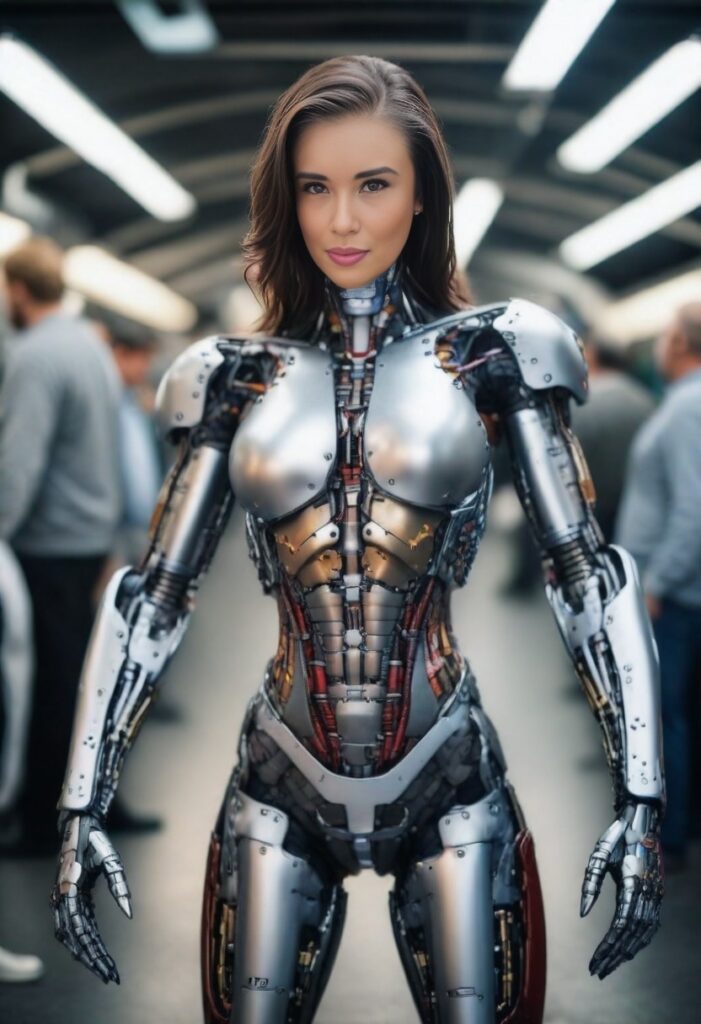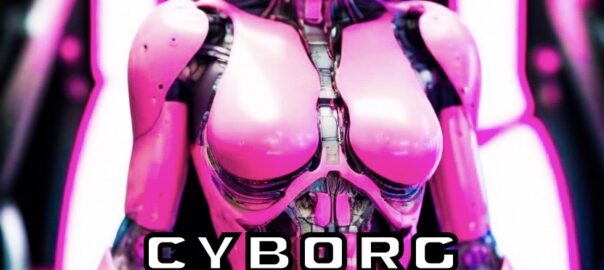
In the realm where biology meets technology, the concept of cyborgs has transcended science fiction to become a tangible reality. Visionaries and pioneers in the field are steering the course toward a future where humans and machines coexist in unprecedented harmony. This article explores the evolution of cyborgs, the remarkable minds driving advancements, and the ongoing exploration of frontiers that could redefine our very existence.
Evolution of Cyborg Technology:
From the early integration of simple electronic devices with biological organisms, cyborg technology has witnessed a remarkable evolution. Today, the focus is on neural interfaces, prosthetic limbs with enhanced functionalities, and brain-computer interfaces. The goal is to seamlessly integrate technology with the human body, enhancing our capabilities and addressing physical limitations.

Pioneering Minds Behind Cyborg Advancements:
- Elon Musk:
A visionary in technology, Musk’s Neuralink aims to develop advanced brain-machine interfaces, with the ambitious goal of achieving symbiosis between humans and artificial intelligence. - Hugh Herr:
Heading MIT’s Biomechatronics group, Herr focuses on advanced prosthetics and wearable robotics, contributing to the evolution of cyborg technology in the realm of biomechanics. - Bryan Johnson:
Founder of Kernel, Johnson is dedicated to developing neural interfaces to unlock the full potential of the human brain through innovative technologies. - DARPA (Defense Advanced Research Projects Agency):
As a driver of cutting-edge technologies, DARPA’s initiatives focus on enhancing military capabilities through the integration of advanced technologies with the human body. - Dr. Miguel Nicolelis:
A neuroscientist making significant contributions to brain-machine interface research, Dr. Nicolelis’s work includes developing brain-controlled exoskeletons for individuals with paralysis. - Open Bionics:
Specializing in affordable and customizable bionic limbs, Open Bionics leverages 3D printing technology to democratize access to advanced prosthetics. - Cyborg Nest Founders – Liviu Babitz and Neil Harbisson:
Co-founders of Cyborg Nest, Babitz and Harbisson explore the artistic and sensory aspects of cyborg technology, exemplifying its potential to enhance perception and artistic expression.
Continued Exploration of Cyborg Frontiers:
These visionaries collectively push the boundaries of cyborg technology, fostering collaborations that explore not only physical augmentation but also the integration of artificial intelligence with human cognition. Ethical considerations, such as data security and privacy, remain focal points in discussions surrounding widespread cyborg adoption.
Ongoing research signifies a collaborative effort to redefine the future, where the synergy between humanity and technology creates possibilities yet to be imagined. The exploration of cyborg frontiers is not merely about advancing technology; it is a journey that challenges our perceptions of what it means to be human, opening doors to a future where man and machine exist in unprecedented harmony.

The Rise of Cyborg Culture:
Beyond the technological advancements and the pioneering minds shaping the field, there’s a growing cultural shift towards embracing the cyborg concept. As technology becomes more integrated into our daily lives, the idea of enhancing our abilities through artificial means gains acceptance. Cyborg culture is emerging, challenging societal norms and reshaping our relationship with technology.
Artistic Expression and Sensory Enhancement:
Cyborg technology is not just about functionality; it’s also a canvas for artistic expression. The work of Cyborg Nest founders Liviu Babitz and Neil Harbisson exemplifies this, where the integration of an antenna into Harbisson’s head allows him to perceive colors as sound frequencies. This artistic approach to cyborg enhancements opens up new avenues for creative expression and challenges conventional boundaries between art and technology.
Accessibility and Inclusivity:
The democratization of cyborg enhancements is a key theme in ongoing developments. Open Bionics, with its focus on affordable and customizable bionic limbs, exemplifies the push towards making advanced prosthetics accessible to a broader population. This inclusivity aspect is crucial in ensuring that the benefits of cyborg technology are not limited to a select few but are available to anyone who can benefit from them.

Challenges and Ethical Considerations:
While the potential benefits of cyborg technology are exciting, challenges and ethical considerations loom on the horizon. Privacy, security, and the potential for misuse are significant concerns that must be addressed as these technologies become more prevalent. Striking a balance between innovation and safeguarding individual rights is essential to ensure responsible development and deployment of cyborg enhancements.
Inequality and Discrimination:
There is also the risk of creating a technological divide, where only certain segments of society have access to cyborg enhancements. Addressing issues of inequality and discrimination is crucial to prevent a scenario where these technologies widen existing social gaps. Policymakers, ethicists, and developers must work collaboratively to create frameworks that prioritize fairness and inclusivity.
Public Perception and Acceptance:
As cyborg technology advances, societal attitudes play a pivotal role in its adoption. Overcoming skepticism and fostering a positive public perception are ongoing challenges. Education and open dialogue about the benefits and risks of cyborg enhancements are essential to build trust and understanding among the general population.
Future Prospects and Beyond:
Looking ahead, the future of cyborg technology holds limitless possibilities. The convergence of human and machine is not just a technological journey but a cultural and philosophical exploration. As the boundaries between biology and technology blur, the ongoing collaboration between scientists, ethicists, artists, and the broader community will shape a future where the term “cyborg” may evolve from a concept into an integral part of our collective identity.
In conclusion, the rise of cyborg technology is a multidimensional phenomenon. It encompasses technological breakthroughs, cultural shifts, ethical considerations, and a vision of a future where humanity and technology coexist harmoniously. As we navigate this uncharted territory, the choices we make today will shape the landscape of cyborg culture for generations to come.



